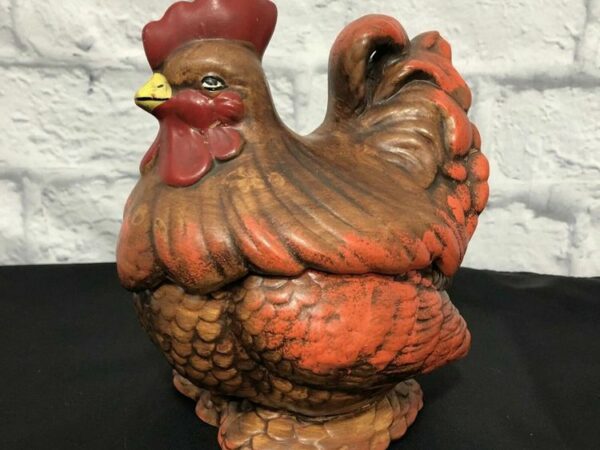A durable and rugged metal, cast iron has been used in numerous metal creations for a very long time–the history of cast iron use goes back to the 5th century BC. Cast iron was widely used because it was both affordable and easy to produce, and it had strength that allowed it to last for tens of years. The only disadvantage of cast iron is that the sturdy material would start developing rust after some time.
Items constructed with cast iron tend to rust quickly and easily if we do not take care of them. And, in some cases, the items may become useless—for example, you cannot use a rusted antique skillet for your cooking.
Thankfully, however, you can restore rusted antique cast iron. This detailed guide will show you how to clean rust off antique cast iron. So, stick with us and follow the steps outlined below—by the time you reach the end of this article, cleaning rust off antique iron should be as easy as counting from 1 to 3.
Table of Contents
How to Clean Rust Off Antique Cast Iron Furniture

Maybe you are looking at a rusty antique bed frame made of cast iron. It is possible to eliminate rust from the furniture—we will show you how:
Steps to Follow for Small Rusted Spots on Your Antique Cast Iron Furniture
The cleaning process should be relatively easy if you do not have substantial rusted areas on your cast iron furniture.
Step #1: Gather The Necessary Tools
To clean rust off your antique cast iron furniture, you will need the following:
- Cleaning rags
- A pair of gloves
- White distilled vinegar
- Rust-proof metal paint (you will use this after the cleaning process)
Step #2: Soak Your Cleaning Rag in White Vinegar Solution

Before soaking the cleaning rag in the white Vinegar solution, be sure to wear your pair of gloves. Remember that undiluted cleaning vinegar is known to irritate skin and nails—wearing gloves helps you avoid the irritation.
After wearing your gloves, pour the vinegar solution into a bowl and then dip the rag inside the bowl. Give it at least 5 minutes to soak in the vinegar solution.
Note: The vinegar solution should have 50% water and 50% vinegar.
Step #3: Start Cleaning the Cast Iron Furniture
Pull the soaked rag out of the bowl and start rubbing the rust. Keep rubbing until the rust is gone. The time you will need to clear the rusted spot will depend on the rust depth.
Step #4: Use Water for Cleaning
After using the vinegar-soaked rag to rub off the rust from your furniture, use water to clean the spot. Next, dry the area thoroughly with a different rag.
Step #5: Apply the Paint
Chances are that you do not want to keep removing rust from your furniture. To keep the rust away, apply some of your rust-proof metal paint. Next, give the furniture time to dry before touching the spot again.
For Large Rusted Spots on Your Antique Iron Furniture
If your furniture has more prominent rusted spots, you do not have to throw it away. You can still clean rust off the antique cast iron furniture.
Step #1: Gather the Necessary Gear
To clean large, rusted areas, you will need:
- Steel wool brush
- Medium grit sandpaper
- Several clean rags
- White distilled vinegar
- Gloves
- Rust-proof metal paint
Step #1: Rub the Rusted Area with Steel Wool Brush and Sandpaper
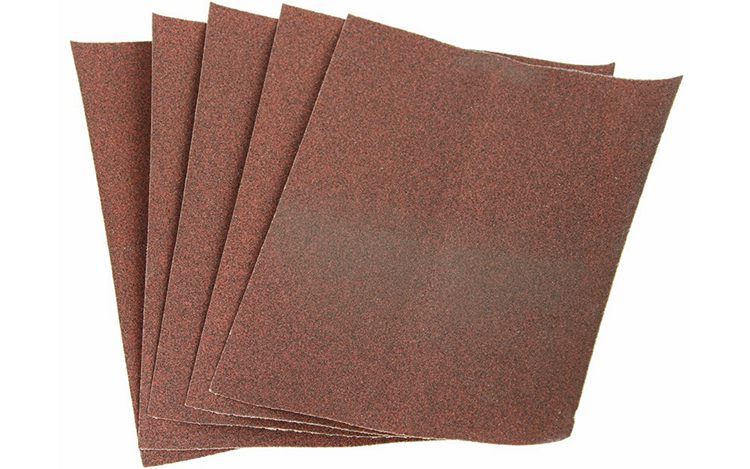
First, wear your pair of gloves. Next, start rubbing the rusted area with your steel wool brush. This should remove the hardest rust.
Next, use sandpaper to rub the rust. This should help you remove any remaining rust. Be sure to rub the rust in circular motions to get as much rust as possible from the antique cast iron. Do not stop rubbing until you see the cast iron.
Step #2: Use Your White Vinegar
Soak one of your cleaning rags in white vinegar. Next, use the soaked rag to remove any rust that may have remained on your furniture. If you find it hard to remove the rust in the first go, allow it to soak in the vinegar for a few hours and then try again.
Step #3: Wipe Off Excess Vinegar
After removing all the rust from the furniture, the next step is to prevent cast iron corrosion. If you leave the vinegar on the metal after the rust is gone, it will react with cast iron, causing corrosion. For this reason, use a damp rag to wipe off any excess vinegar.
Step #4: Dry the Furniture
After wiping the surface with a damp cloth, the next vital step is to dry the surface. Again, use a soft cloth for the drying. Alternatively, you can use a blow dryer for quicker and easier drying.
Step #5: Paint the Furniture
After drying the surface, take measures to ensure you will never have to deal with rust again. Use your brush to paint any cast iron surface exposed to the environment. Be sure to use paint capable of resisting rust.
How to Clean Rust off Antique Cast Iron Kitchenware

In the early days, cast iron was used to make cookware. The most common ones, however, are skillets and pans.
If your skillet or pan is rusted, it can be easy to assume that you can never use it. However, by following the steps outlined below, you should be able to restore your pan or skillet.
Step #1: Get the Necessary Gear
To clean your pan or skillet, you will need the following:
- Gloves
- Cleaning cloth
- Mild dish soap
- Wire or steel wool brush
- White distilled vinegar
Step #2: Soak the Cast Iron Cookware in Vinegar
Soak the cookware in a vinegar solution if it is so rusted that you can’t see the cast iron. The vinegar solution should have equal parts of vinegar and warm water.
Allow the cookware to remain in the solution for a couple of hours. Consider doing this in a plastic container, so you do not damage your metallic sink.
Step #3: Rinse the Cookware
After soaking your cookware in a vinegar solution, the next thing you will need to do is use water to get rid of the vinegar solution. Next, add some mild dish soap.
Step #4: Scrub the Cookware Surface
Put on your gloves and start scrubbing all the cookware surfaces with your steel wool brush. You can also use a scrub pad.
Using circular motion when scrubbing, scrub until all the rusty parts on the skillet are gone. If you find rusty spots after the scrubbing, repeat the process.
Alternatively, create a paste using lime or lemon juice and sea salt—apply it and allow it to sit on the cookware for several hours. Then, come back and scrub the rusty surface again. This should help you get the rust off.
Step #5: Re-season the Pan
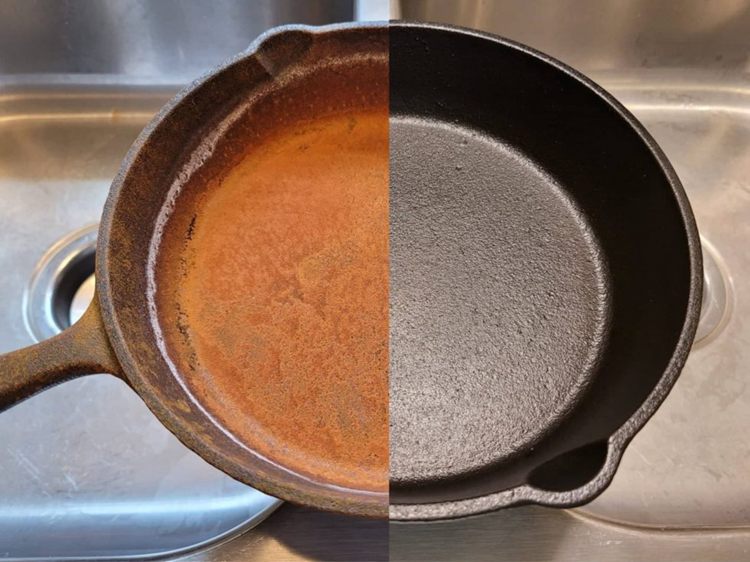
Once you remove all the rust, the next step is to re-season the pan. However, before you re-season the cookware, clean it with dish soap and dry it.
What Makes Cast Iron Rust?
We will take you back to the science class to help you understand why iron rusts. However, don’t worry—this is the easy stuff.
Scientifically, rust is known as iron oxide—it forms when iron reacts with a combination of oxygen and water. So, for example, when you leave untreated cast iron in an environment with moisture and air, the cast iron will slowly react with the oxygen and water in the atmosphere, forming rust.
Over the years, most antique cast iron items have been exposed to environments that can speed up the process of rusting. This is probably the reason you will find the oldest iron pieces with some amount of rust.
However, storing your antique cast iron away from moisture—because it is nearly impossible to avoid air—can help you eliminate the risk of rust. Remember that you will need to check on the antique cast iron from time to time to confirm that it is not rusting—if you catch rust early, cleaning it will be easier than cleaning it after it has already spread.
How to Keep Your Antique Cast Iron Items from Rusting
If you have read to this point, you understand two things:
- Why cast iron rusts
- How to clean rust off antique cast iron
But now that your antique cast iron is clean, how do you ensure you never have to clean rust off again? In this section, we will be answering this vital question.
Repaint Your Antique Cast Iron Pieces
Antique cast iron will only rust if exposed to moisture and oxygen environments—these are the primary conditions that drive the rusting process. Therefore, the easiest way to stop the rusting process is to separate your cast iron from moisture and oxygen.
The best way to do this is by using rust-resistant paint. Once this paint coats your cast iron, you will never have to worry again about rusting.
Cover Your Outdoor Antique Cast Iron
Some things were just made for the outdoors. To protect these cast iron pieces from rust, you may need to go beyond painting—cover them with a material that keeps the moisture and oxygen off. Also, consider storing these items where they will not be affected by snow or rain.
Season Your Cookware
If you notice rust on your cast iron cookware, the first thing you will need to do is stop using the cookware immediately. Then, only use it after getting the rust off.
However, remember that well-seasoned cast iron cookware will not rust. If your antique cast iron cookware is not seasoned, follow the steps below to season it and stop the rusting process:
- Before starting, clean & dry the pan. To dry the pan completely, just put it over your stove for a few seconds to evaporate any remaining water.
- Apply some olive oil—you can also use vegetable oil—and spread it on the entire cookware. Do this on the sides, the bottom, and the handle.
- Using a paper towel, wipe off all the excess oil from the cookware.
- Put the cookware in the oven on high heat for approximately 30 to 60 minutes. Then, pull the cookware out and give it time to cool down before using it.
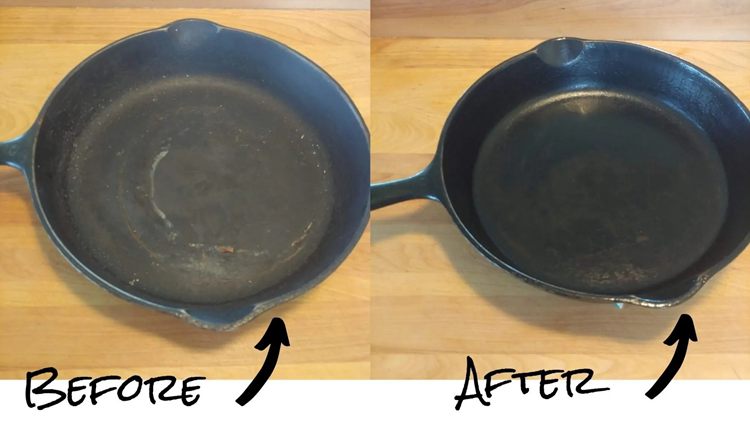
Depending on how frequently you use the antique cast iron cookware, you can often repeat the seasoning process described above. Keep in mind that washing the cookware with mild dish soap without damaging the seasoning coating is possible. However, using the dishwasher will always damage the coating.
Avoid Cooking Acidic Foods on 3Cast iron
Some foods are acidic. Good examples include tomatoes, tomato sauce, foods you cook with alcohol, etc.
The acid in the foods tends to break apart the coat you get after seasoning your cookware, exposing the cast iron and causing rust. What’s more, acidic foods tend to break down cast iron. For this reason, try to reduce the time you spend cooking your acidic food on antique cast iron cookware.
Overview
Cheap and easy to make, cast iron has been used as the primary raw material on many antique items—from furniture to cookware like pans and skillets.
There is no doubt that cast iron is strong. However, its durability is often affected by its tendency to react with water and oxygen to form rust. If the rust is not cleaned, it slowly eats away at the antique piece, making it worthless.
This detailed guide shows you how to clean rust off antique cast iron pieces. Also, we have shown you how to protect your antique pieces from rust.
We hope that we have answered your questions about removing rust from cast iron. However, if there is a question we did not answer, go ahead and ask it in the comment section. We will respond as soon as possible.
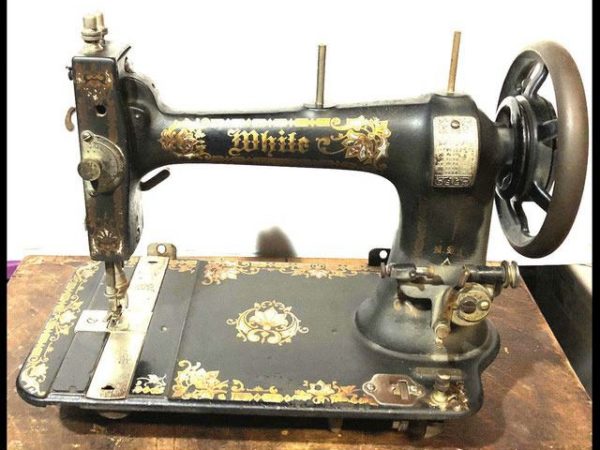

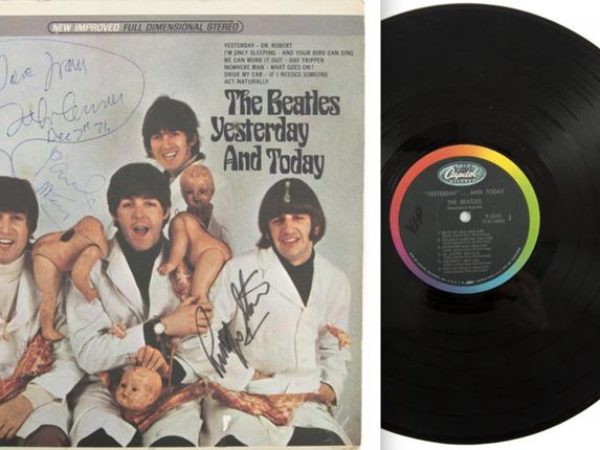

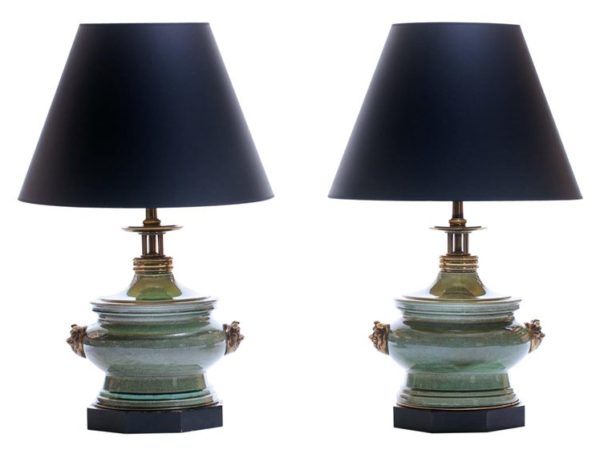
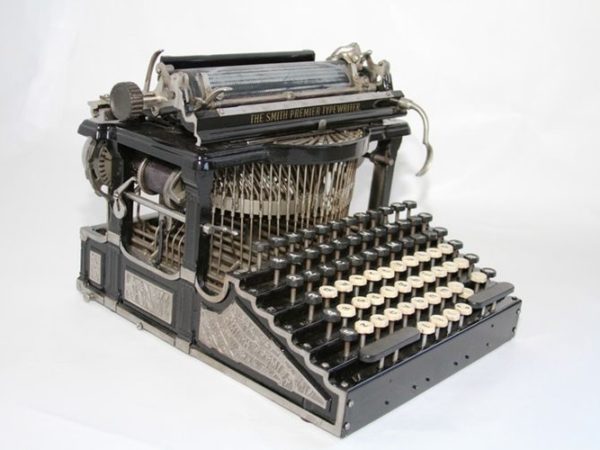
![Vintage Schwinn Bikes: [Types, Identification, and Values]](https://www.txantiquemall.com/wp-content/uploads/2022/05/5.-Schwinn-1967-Ramshorn-Fastback-Stingray-Sky-Blue-vtg-600x450.jpg)
